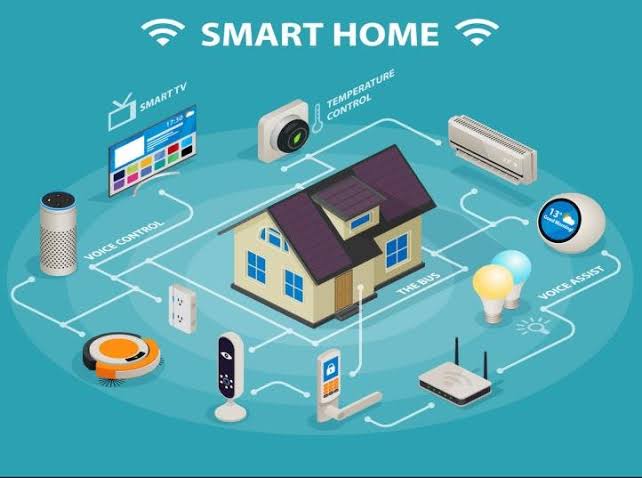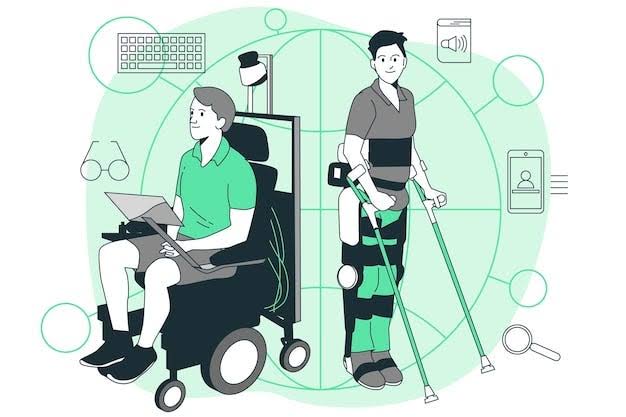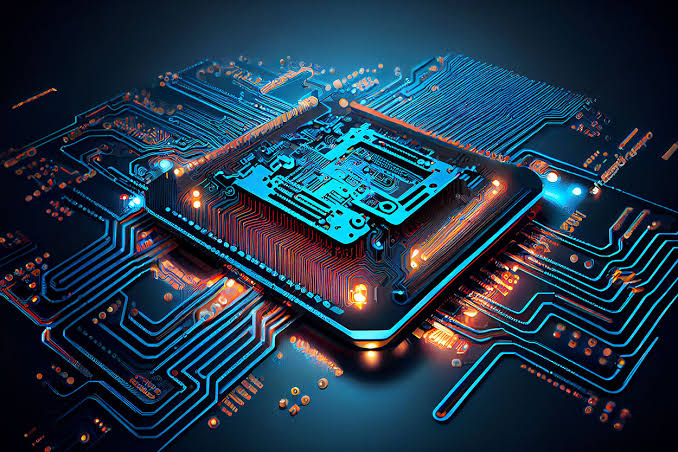The Internet of Things (IoT) has redefined how we interact with our living spaces. As of 2025, smart homes are no longer futuristic concepts but practical realities, powered by interconnected devices that communicate seamlessly to improve comfort, efficiency, and security.
IoT in smart homes enables automation, remote control, and real-time monitoring, creating environments that are personalized and energy-efficient. From smart lighting and voice assistants to security cameras and intelligent appliances, IoT is the backbone of modern home innovation.
Understanding IoT in Smart Homes
The Internet of Things refers to the network of physical devices embedded with sensors, software, and connectivity that allows them to collect, share, and act on data. In smart homes, IoT devices work together to automate tasks and optimize the living experience. These devices can be controlled via smartphones, tablets, or voice commands and often integrate into unified platforms for centralized management.
Core aspects of IoT in smart homes include:
- Automation: Devices can perform tasks automatically based on schedules or sensor data.
- Remote Control: Homeowners can manage their devices from anywhere in the world.
- Data Analytics: Devices collect data to improve efficiency, personalize experiences, and anticipate needs.
- Interconnectivity: Appliances, lighting, HVAC systems, and security solutions communicate seamlessly.
Key Applications of IoT in Smart Homes
1. Home Automation and Convenience
IoT simplifies daily routines by automating tasks such as:
- Turning lights on and off based on occupancy or time of day
- Adjusting thermostats automatically to maintain optimal temperature
- Starting appliances like coffee makers or washing machines remotely
Smart home hubs and virtual assistants, such as Amazon Alexa, Google Home, and Apple HomeKit, allow users to control multiple devices with voice commands or a single app, making home management effortless.
2. Energy Efficiency and Sustainability
Energy efficiency is a major benefit of IoT in smart homes. Devices such as smart thermostats, connected lighting, and energy-monitoring plugs help reduce energy consumption and lower utility bills. Examples include:
- Smart thermostats that learn homeowner schedules and adjust HVAC systems accordingly
- Motion-sensor lights that switch off when no one is in the room
- Solar-powered smart energy systems integrated with IoT for sustainable living
These optimizations contribute to both environmental sustainability and financial savings.
3. Home Security and Safety
IoT has revolutionized home security by providing real-time monitoring and instant alerts. Security applications include:
- Smart cameras and doorbell cameras that allow remote viewing and recording
- Motion detectors and smart locks that notify homeowners of suspicious activity
- Smoke, gas, and water leak sensors that immediately alert residents to hazards
Integrating these devices into a single platform enhances safety and peace of mind for homeowners.
4. Health and Lifestyle Enhancement
IoT devices can also support health and wellness in smart homes. Examples include:
- Air quality monitors and smart purifiers that ensure a healthier indoor environment
- Sleep trackers and smart beds that optimize rest and monitor patterns
- Connected fitness devices and smart kitchens that promote healthier lifestyles
These solutions help homeowners proactively manage personal well-being.
5. Entertainment and Connectivity
IoT enriches home entertainment by connecting streaming services, smart TVs, and audio systems to create immersive experiences. Examples include:
- Multi-room audio systems controlled from a smartphone
- Smart projectors and lighting systems that create a home theater ambiance
- Integrated gaming or VR setups that adapt to room conditions
Seamless connectivity enhances enjoyment and convenience in daily life.
Benefits of IoT in Smart Homes
- Increased Comfort and Convenience: Automating routines saves time and effort.
- Cost Savings: Energy-efficient systems lower electricity and heating expenses.
- Enhanced Security: Continuous monitoring reduces risks of theft or hazards.
- Personalized Living: Devices adapt to individual habits and preferences.
- Remote Accessibility: Homeowners can manage and monitor their homes from anywhere.
Challenges of IoT in Smart Homes
While IoT offers numerous benefits, it also faces challenges:
- Privacy and Security Risks: Connected devices can be vulnerable to hacking if not properly secured.
- High Initial Costs: Setting up a comprehensive smart home can be expensive.
- Complexity and Compatibility: Integrating multiple devices across different platforms may be challenging.
- Dependence on Internet Connectivity: Most IoT systems require a stable internet connection for full functionality.
The Future of IoT in Smart Homes
As IoT technology continues to evolve, smart homes will become more intelligent, autonomous, and sustainable. Future trends include:
- AI Integration: Combining IoT with AI for predictive automation and personalized recommendations
- Smart Grids and Renewable Energy Integration: Homes that optimize energy use and contribute to community energy networks
- Interoperable Ecosystems: Seamless compatibility between different brands and devices
- Enhanced Data Privacy: Advanced encryption and secure frameworks for safer connected living
By 2030, smart homes are expected to move toward fully adaptive environments that anticipate needs, manage resources efficiently, and ensure safety without constant human input.
Conclusion
The Internet of Things is the driving force behind the rise of smart homes, transforming how people live, work, and interact with their environments. By enabling automation, energy efficiency, security, and personalized living, IoT enhances both convenience and quality of life. While challenges in privacy and interoperability remain, the future of IoT promises increasingly intelligent homes that respond seamlessly to the needs of their occupants.




Interesting